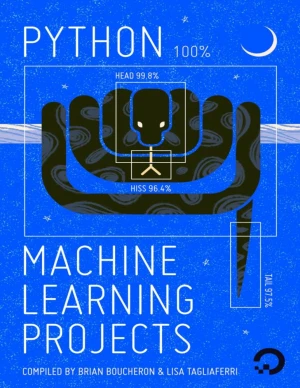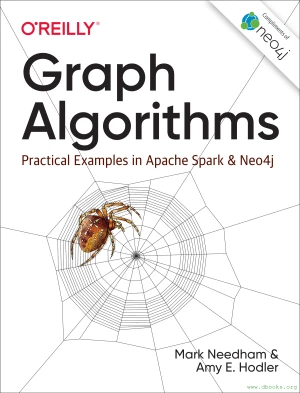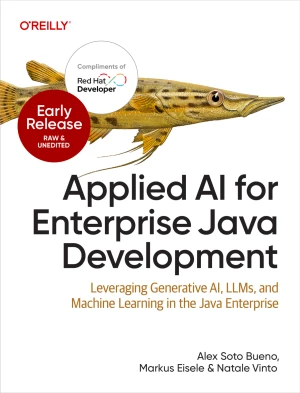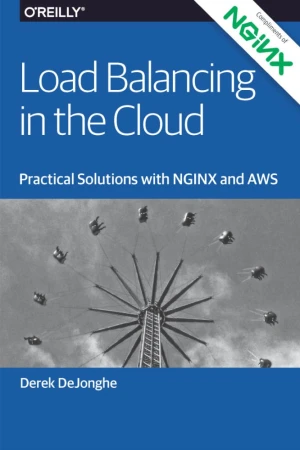Introducing MLOps
How to Scale Machine Learning in the Enterprise
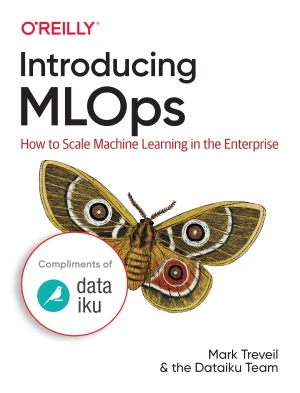
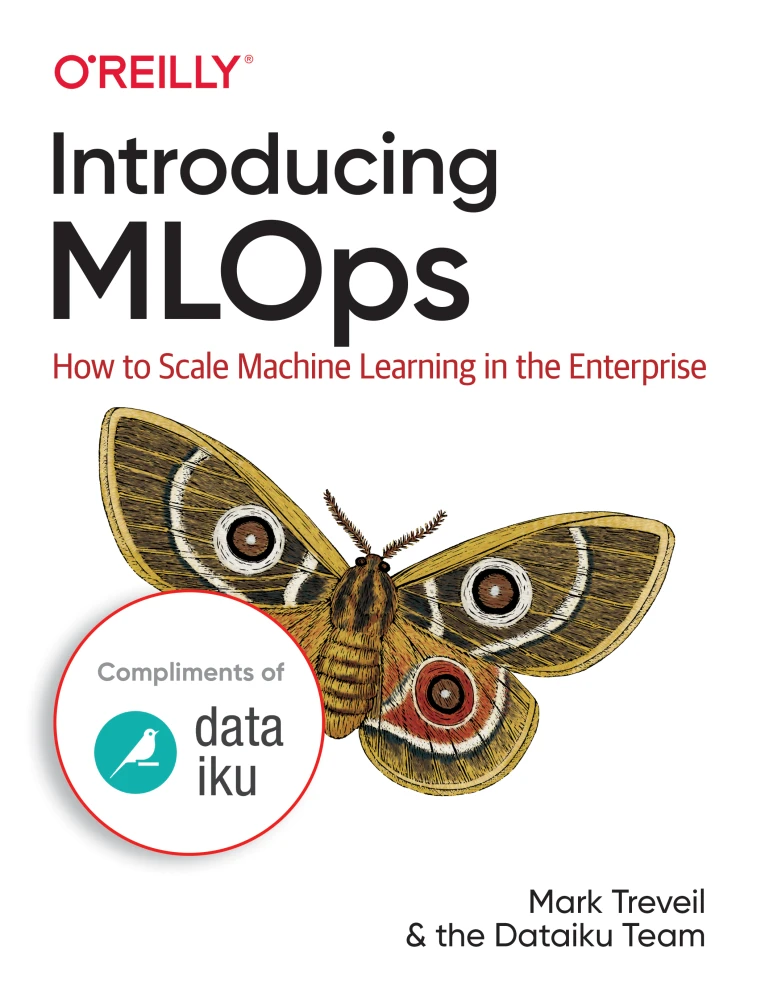
Book Details
| Authors | Mark Treveil, Nicolas Omont, Clément Stenac, Kenji Lefevre, Du Phan, Joachim Zentici, Adrien Lavoillotte, Makoto Miyazaki, Lynn Heidmann |
| Publisher | O'Reilly Media |
| Published | 2020 |
| Edition | 1st |
| Paperback | 185 pages |
| Language | English |
| ISBN-13 | 9781492083283, 9781492083290 |
| ISBN-10 | 1492083283, 1492083291 |
| License | Compliments of Dataiku |
Book Description
More than half of the analytics and machine learning (ML) models created by organizations today never make it into production. Some of the challenges and barriers to operationalization are technical, but others are organizational. Either way, the bottom line is that models not in production can't provide business impact.
This book introduces the key concepts of MLOps to help data scientists and application engineers not only operationalize ML models to drive real business change but also maintain and improve those models over time. Through lessons based on numerous MLOps applications around the world, nine experts in machine learning provide insights into the five steps of the model life cycle-Build, Preproduction, Deployment, Monitoring, and Governance-uncovering how robust MLOps processes can be infused throughout.
This book helps you:
- Fulfill data science value by reducing friction throughout ML pipelines and workflows
- Refine ML models through retraining, periodic tuning, and complete remodeling to ensure long-term accuracy
- Design the MLOps life cycle to minimize organizational risks with models that are unbiased, fair, and explainable
- Operationalize ML models for pipeline deployment and for external business systems that are more complex and less standardized
This book is published as open-access, which means it is freely available to read, download, and share without restrictions.
If you enjoyed the book and would like to support the author, you can purchase a printed copy (hardcover or paperback) from official retailers.
Download and Read Links
Share this Book
[localhost]# find . -name "*Similar_Books*"
Machine Learning Yearning
AI is transforming numerous industries. Machine Learning Yearning, a free ebook from Andrew Ng, teaches you how to structure Machine Learning projects. This book is focused not on teaching you ML algorithms, but on how to make ML algorithms work. After reading Machine Learning Yearning, you will be able to: - Prioritize the most promising direction
Python Machine Learning Projects
As machine learning is increasingly leveraged to find patterns, conduct analysis, and make decisions - sometimes without final input from humans who may be impacted by these findings - it is crucial to invest in bringing more stakeholders into the fold. This book of Python projects in machine learning tries to do just that: to equip the developers
How To Code in Node.js
Node.js is a popular open-source runtime environment that can execute JavaScript outside of the browser. The Node runtime is commonly used for back-end web development, leveraging its asynchronous capabilities to create networking applications and web servers. Node is also a popular choice for building command line tools. In this book, you will go
Graph Algorithms
Learn how graph algorithms can help you leverage relationships within your data to develop intelligent solutions and enhance your machine learning models. With this practical guide, developers and data scientists will discover how graph analytics deliver value, whether they're used for building dynamic network models or forecasting real-world behav
Applied AI for Enterprise Java Development
As a Java enterprise developer or architect, you know that embracing AI isn't just optional - it's critical to keeping your competitive edge. The question is, how can you skillfully incorporate these groundbreaking AI technologies into your applications without getting mired in complexity? Enter this clear-cut, no-nonsense guide to integrating gene
Load Balancing in the Cloud
Use of redundant servers has long been a solution for meeting sudden spikes in demand, machine failures, and outages. Cloud services greatly reduce the cost and hassle of provisioning redundant equipment and load balancers and give you the ability to deal with separate network, application, and client-side loads. But today there are many options to


